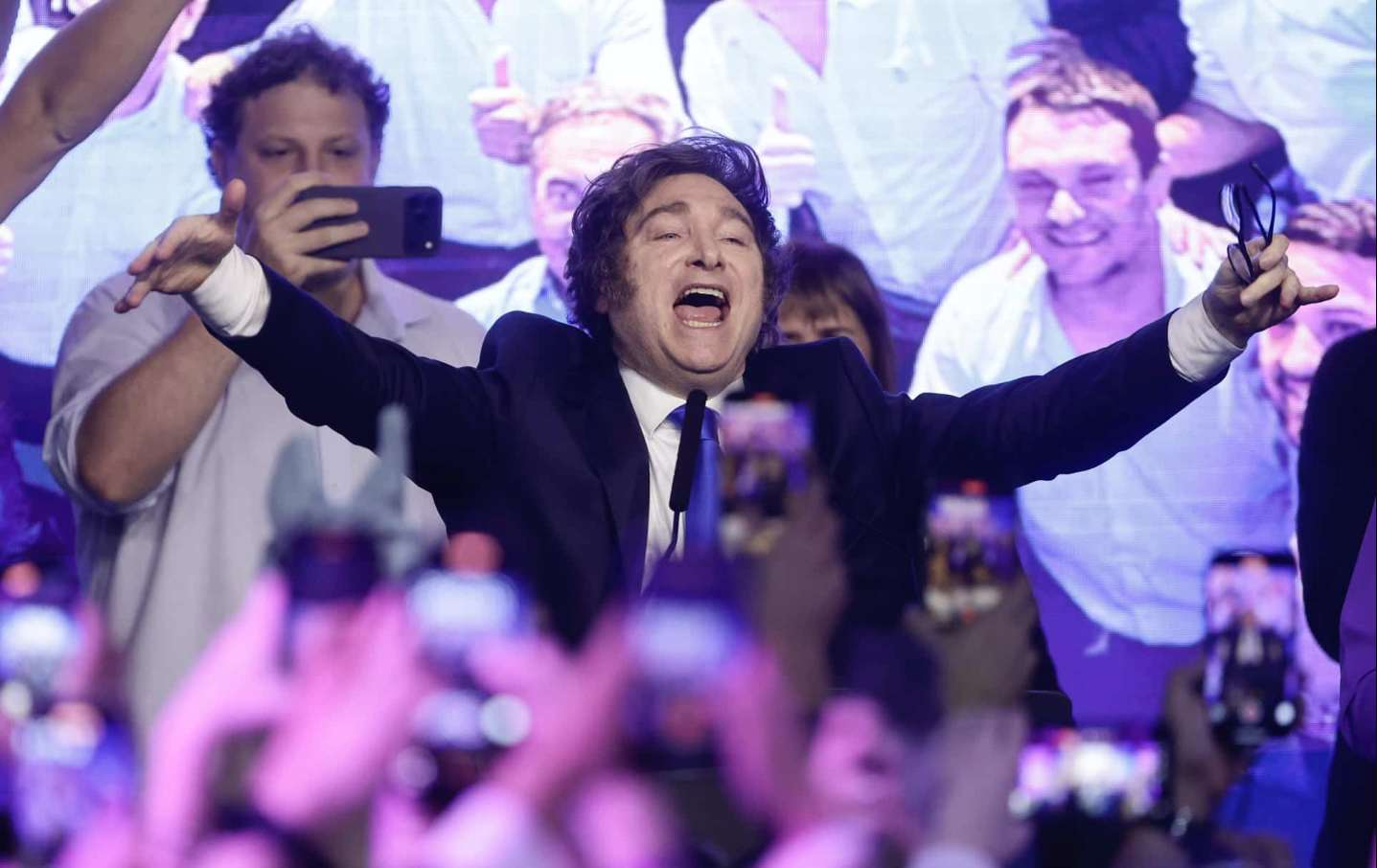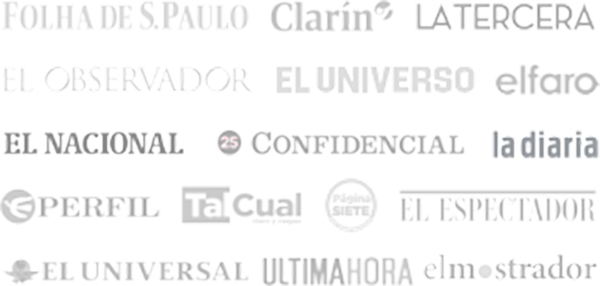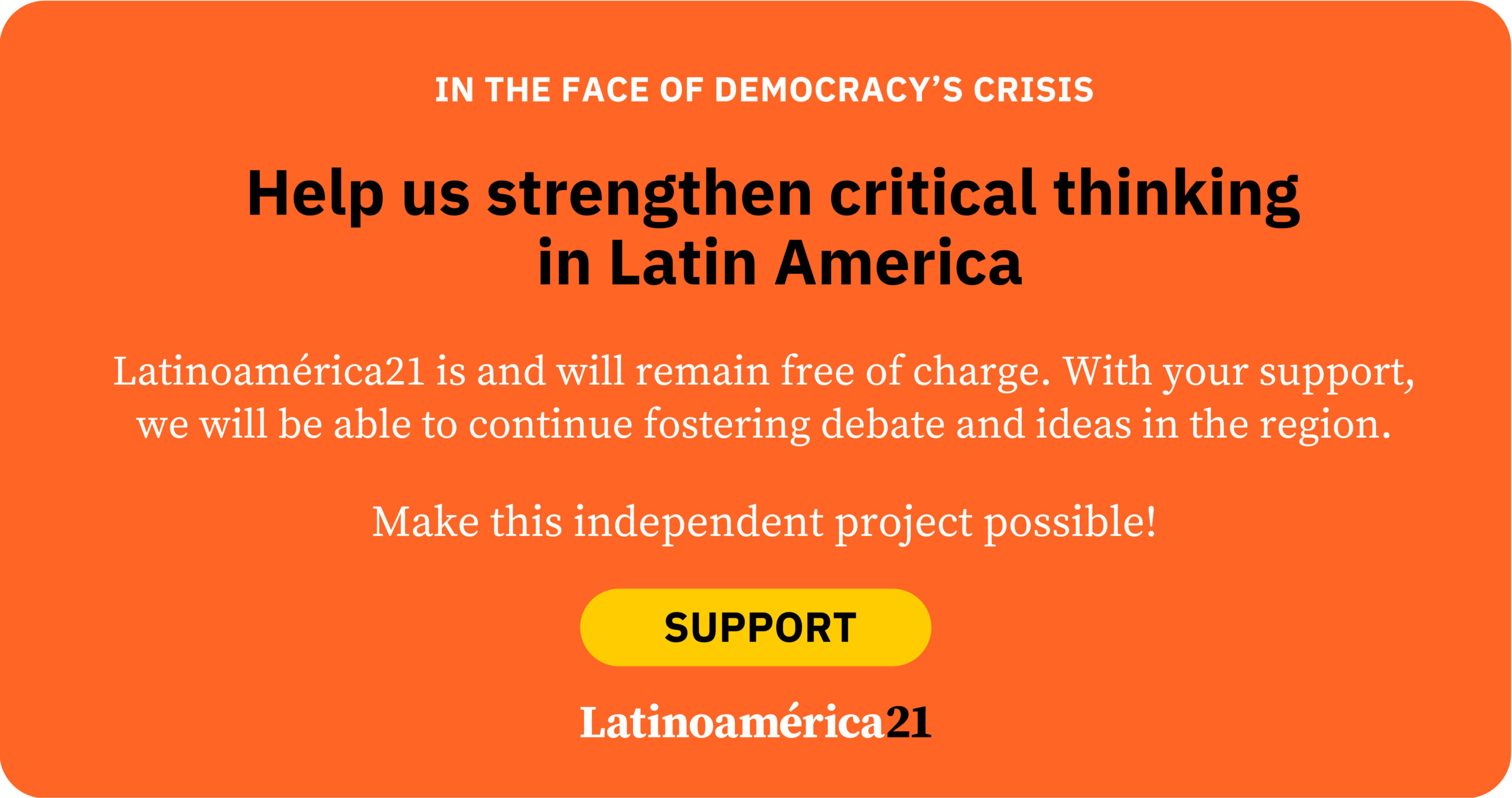The recent midterm elections in Argentina resulted in the partial renewal of the Chamber of Deputies and the Senate—an election that, under normal circumstances, would hold little more significance than some changes within Congress. But this was not a normal election. What was at stake was the political growth—and therefore the social consensus—of a government, that of Javier Milei and La Libertad Avanza, which had burst unexpectedly onto the scene at the end of 2023.
Milei has governed disruptively over the past two years, with one undeniable achievement: the abrupt control of inflation and a degree of macroeconomic stability. Yet his administration has also shown undeniable shortcomings: social precariousness, political ineptitude, and excessive confrontation.
Antagonistic campaigns
In September, the province of Buenos Aires—the seat of Argentina’s capital and home to 36% of the national electorate—elected provincial deputies and senators. The provincial ruling party, heir to Cristina Kirchner’s leadership, won comfortably over La Libertad Avanza. From that day until the recent election, several macroeconomic variables began to shake: the exchange rate, interest rates, and the loss of reserves. The outlook for the national government was becoming fragile.
During that same period, President Milei traveled across half the country on the campaign trail with a loud, provocative, theatrical style—at times bordering on the grotesque—centering his party’s candidates around his own figure. Meanwhile, intense negotiations with the United States culminated in an unprecedented financial rescue, personally brokered by Trump, through a 20 billion USD swap to shore up reserves. Finally, a last move came in the form of an announced “refreshing” of his cabinet, planned for after the election.
For its part, the Peronist opposition, organized under Fuerza Patria, spent the campaign month lulled by the expectations created by its September victory in Buenos Aires. Its slates were often politically weak—some worn-out figures, others chosen under internal pressure. It was a dull campaign, with rallies more oriented toward internal party politics than toward voters, and lacking heavyweight personal references. According to most polls, more effort did not seem necessary: victory appeared certain, with only the margin in question.
The election result was decisive: 41% for Javier Milei’s La Libertad Avanza and 31% for Fuerza Patria. Overwhelming victories are celebrated; if they are achieved through dramatic comebacks, even more so. The government and Milei expressed this triumph exuberantly after the election.
What do these results mean—at least in the medium term?
The ruling coalition jumps from 36 to 93 deputies and from 7 to 21 senators. Although it still lacks an outright quorum, this growth allows it to forge quick and “secure” alliances with members of minor parties on the center-right—ideologically aligned with the government.
The administration achieved what both the United States (after signing the swap) and local economic power groups had been demanding loudly: governability. Milei now has enough strength to push forward an ultra-liberal institutional economic program through alliances, without resorting to decrees of necessity and urgency—a constitutional mechanism that would expose him to congressional rejection.
With this result, La Libertad Avanza has become the dominant political force in Argentina’s ultra-liberal spectrum, sidelining Mauricio Macri’s Propuesta Republicana (PRO). This reverses the situation since 2023, when Macri’s camp, sensing Milei’s weakness, believed its support was indispensable for governance and demanded top political posts in exchange. From now on, and for the remaining two years of Milei’s term, the PRO will have to support the government submissively if it wishes to avoid political extinction.
Meanwhile, the main opposition force—the Peronist movement in its various factions—although it has not lost parliamentary strength, finds itself weakened. Its greatest challenge on the road to the 2027 presidential election is to rebuild its leadership. Following the steep decline of former President Cristina Kirchner, the man who seemed poised to succeed her after the September provincial election, Governor Axel Kicillof, is now also faltering. Although he retains potential, yesterday’s defeat in his province sets him several steps back. And beyond him, no other visible figures have emerged within Peronism.
Finally, once again, a third political space attempting to break the polarization between Milei and Kirchnerism has failed. Ahead of the election, several governors of major provinces had created a centrist alliance—Provincias Unidas—bringing together diverse political backgrounds but strong provincial leaderships, with the aim of building a third force toward 2027. However, the experiment proved disappointing, and in several provinces, the governor-backed lists finished third behind La Libertad Avanza and Fuerza Patria.
For short, this was a midterm election that unfolded—and concluded—as a national plebiscite. In that contest, the government swept the field. Milei now enjoys a two-year grace period until the end of his term in 2027.














